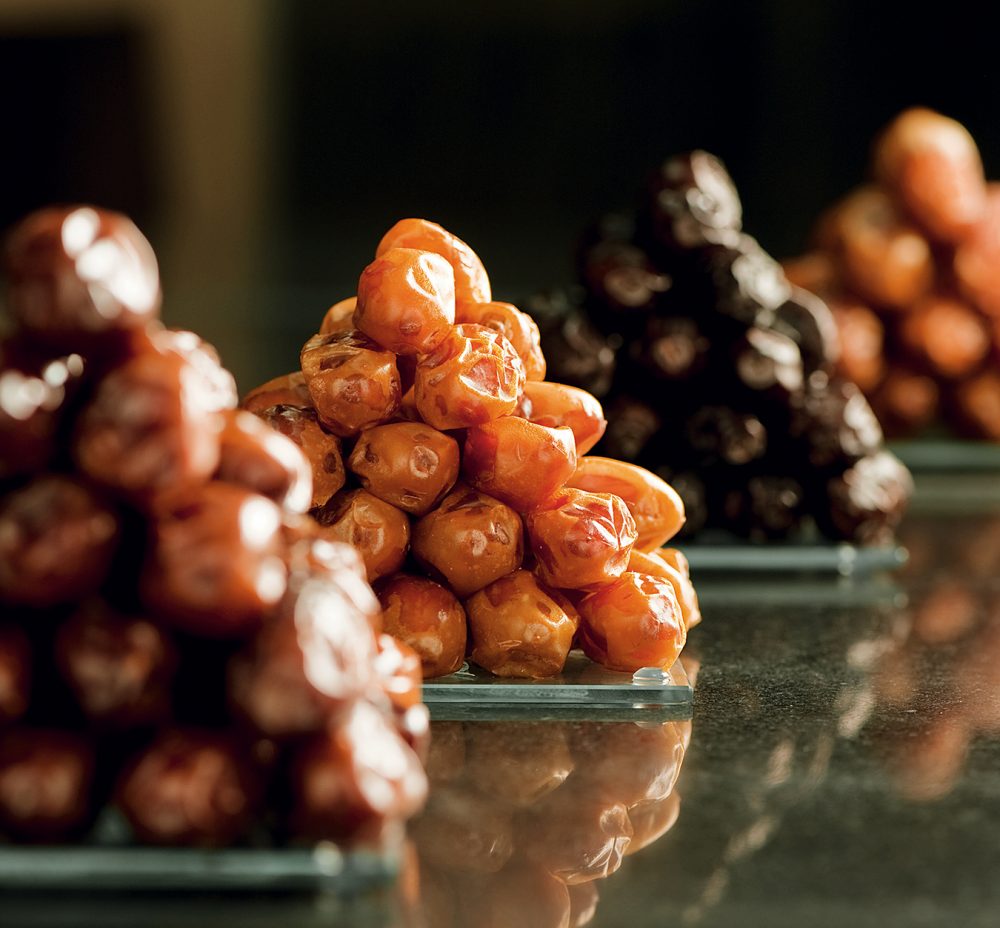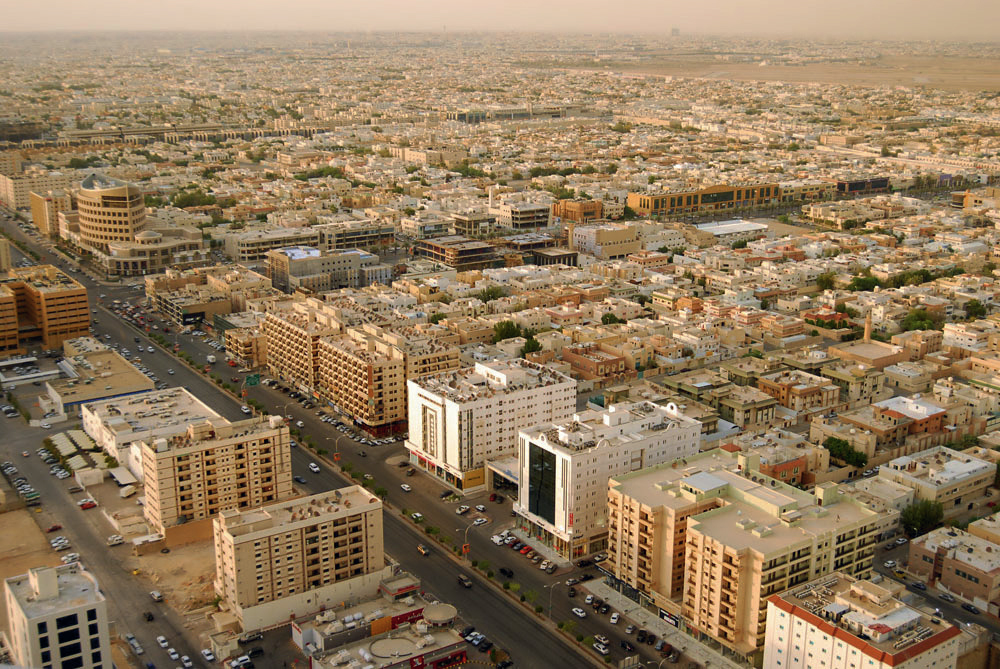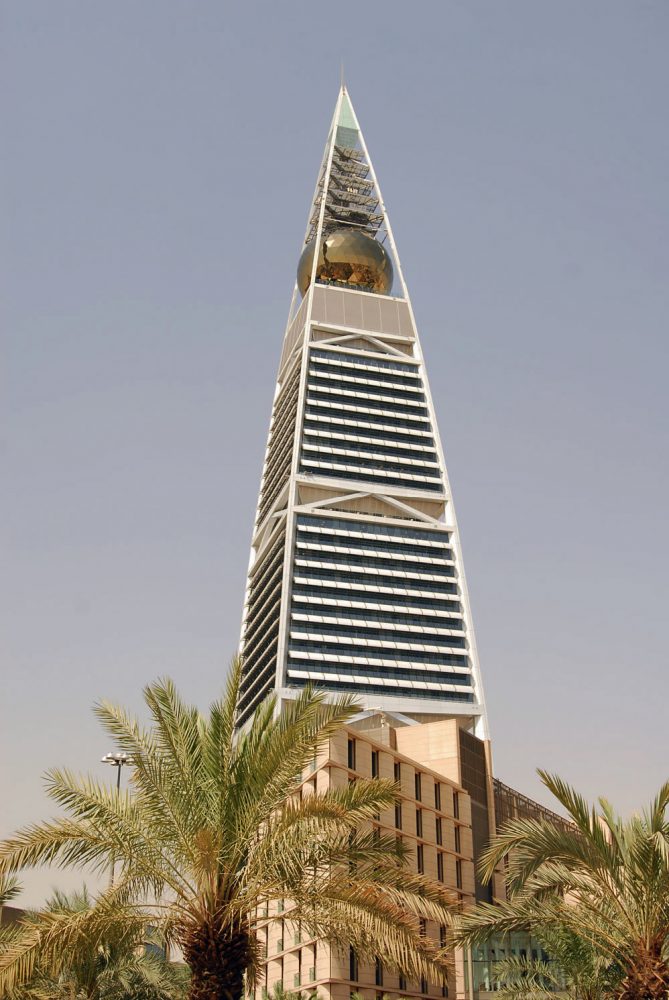More than 10 million tourists visit Saudi Arabia each year, many of them making the annual hajj, a pilgrimage to the two holiest sites in the Islamic world: Mecca and Medina. The fifth pillar of Islam, this journey is incumbent upon all of the world’s 1.6 billion Muslims who are able. Outside of this group—save for a relatively small circle of academics and Middle East specialists—much of Saudi Arabia remains largely unknown, yet it offers a relatively untapped wealth of touristic opportunities.
Up until five or so years ago, the idea of tourism barely existed in Saudi Arabia; today, the kingdom is intent on presenting itself to the world. The country has increasingly opened up to the global economy, and as a result, Saudis are beginning to realize that the country has numerous historic sites and cultural attractions that have the potential to make it a worthy travel destination.
The Saudi Commission for Tourism and Antiquities intends to promote tourism not simply for economic reasons but also for the development and preservation of the country’s rich heritage. Mada’in Saleh, a pre-Islamic archaeological site located in the province of Al Madinah, was named Saudi Arabia’s first UNESCO World Heritage Site in 2008 for its well-preserved ruins from late antiquity, including the 131 monumental rock-cut tombs of the Nabatean kingdom.
Beyond the historic sites, the country offers a feast for the senses that culture seekers and cosmopolitan travellers alike can enjoy. Jeddah, a port city bordering the Red Sea on the western coast of Saudi Arabia, is a blend of East and West, old and new. It has always been a popular destination for travellers due to its proximity to Mecca and Medina, its upscale shopping district, Tahlia Street, and its many resorts with preserved offshore coral reefs and marine life, perfect for snorkelling.
Beyond the historic sites, the country offers a feast for the senses that culture seekers and cosmopolitan travellers alike can enjoy.
Riyadh, Saudi Arabia’s capital and the country’s largest city, is also becoming a destination. On Prince Mohammed bin Abdulaziz Street, which goes by the affectionate local moniker Tahlia Street (a nod to Jeddah), a string of sidewalk cafés attract the young and beautiful. Meanwhile, 240 metres above the city, diners sink into plush leather seats at the Globe restaurant—a golden orb suspended at the top of the Norman Foster–designed Al Faisaliah Centre.
Whether at a modest café or in a magnificent dining room, guests are welcomed as they have been for centuries with qahwa, the traditional Arabic coffee offered in the Middle East as a sign of hospitality. Qahwa is made from coffee beans sourced from the mountains of Yemen, which are freshly roasted and ground to a very fine, soft powder and mixed with cardamom and saffron for brewing. The Arabic ritual involves presenting the coffee in a brass dallah, a pot with a long, curved spout. Holding the pot high in one hand, the host will pour a foot-long stream of the caramel-coloured liquid into a small espresso-sized cup with no handles called a fenjan. The flavour is strong and intense, with aromas that take your imagination back to the ancient ruins or exotic Middle Eastern landscapes you may have visited earlier in your journey.
Qahwa is usually offered with dates, a staple food in Middle Eastern culture. For further indulgence, you can meander the aisles of dusty souks where dates are sold, sampling from the countless varieties available. But finding the tastiest is perhaps better left to Bateel, a Saudi Arabian company that has reinvented the date into a global luxury phenomenon with its selection of over 20 varieties. Bateel has elevated the quality of their dates by investing in new technology and modern farming techniques, and makes the fruit widely available through their line of chic boutiques in Jeddah and Riyadh, as well as other cities worldwide. In Riyadh, they also have a Café Bateel, which provides an elegant blend of a contemporary Arabic and European cuisine and design.
From tiny dates to magnificent ruins, Saudi Arabia has abundant cultural dimensions waiting to be discovered.












